Alligator Juniper (Juniperus deppeana) Profile
Written by Iris
Aug 10 2021
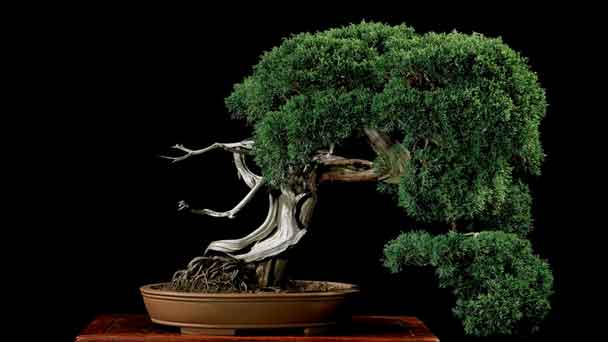
Alligator Juniper (Juniperus deppeana) is an evergreen conifer, so named for its distinctive wrinkled, scaly bark. Alligator Juniper (Juniperus deppeana) grows about 20 to 40 feet tall in a home landscape, but can reach a height of 65 feet. Alligator Juniper (Juniperus deppeana) grows best in a slightly acidic soil with plenty of sun and good drainage, but it can tolerate a variety of soil conditions. Grow Alligator Juniper (Juniperus deppeana) in U.S. Department of Agriculture plant hardiness zones 7 through 9.
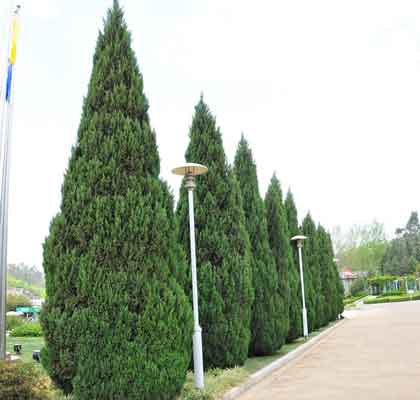
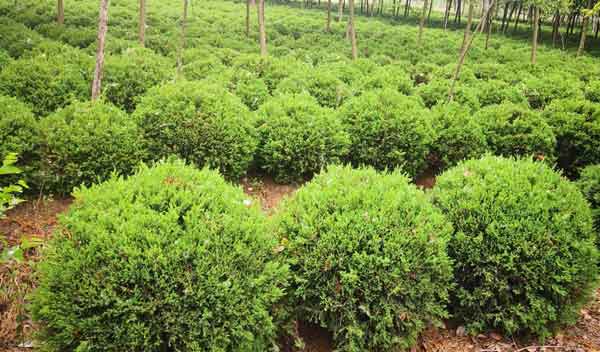
The species name deppeana honors Ferdinand Deppe (1794-1861), a German naturalist and painter who collected plants in Mexico, California and Hawaii for the Berlin Museum. The tree was first collected in the Zuni Mountains of northwestern New Mexico back in 1851 by Dr. Samuel Washington Woodhouse (1821-1904), the surgeon/naturalist on the Sitgreaves Expedition to the Colorado and Zuni rivers.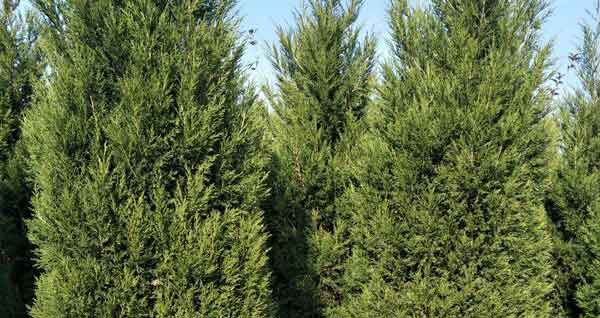
Planting Instructions: Fill a container with Alligator Juniper seed starting mix to about ½ inch from the top. Place your Alligator Juniper seeds 1 inch to 1 ½ inches below the soil surface. Gently water the Alligator Juniper seeds to keep moist, not soaking wet. Germination may occur in 1 week or as long as 3 months (depending on the species). Place the seed container on a heat mat under growing light. Keep your growing lights on 14 hours per day. Keep your heat mat on 24 hours per day. Once your Alligator Juniper seeds germinate, move each seed into its own container under the growing lights and on the heat mat. Keep your seedlings indoors for 2-3 months before transplanting outdoors in the spring (May to June).
Outdoor Planting: If your Alligator Juniper seeds do not require stratification: the best time to plant alligator juniper tree seeds outdoors is after the last frost in your area (spring). In the Northern states – the best time to plant seeds outdoors is from May to June. If your Alligator Juniper seeds require pretreatment: you should plant your seeds outdoors before the ground freezes in your area (late September to early November). Your Alligator Juniper will naturally stratify during the cold winter. Germination usually occurs in May or during the spring season.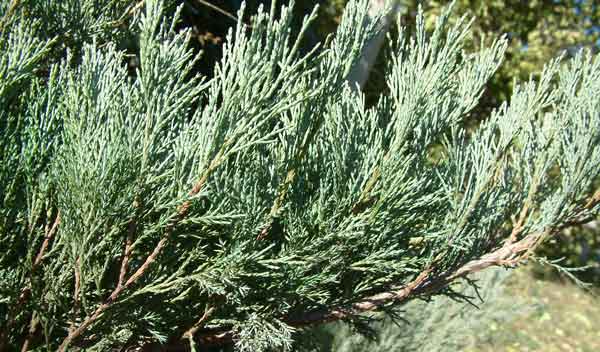
Cut an 8- to 10-inch long stem off of the juniper with pruning shears. Choose a healthy branch that grew in the summer that has plenty of needles growing at the tip.
Remove the needles on the bottom 2 inches of the cut branch. Make 1- to 2-inch slits through the outer layer on each side of the bared stem with a sharp knife. This allows the Alligator Juniperbranch to absorb more water and hormone for root growth.
Place about 1 teaspoon of rooting hormone in a dish. Dip the end of the juniper cutting in the hormone and roll the bare end in it. Coat it thoroughly and shake off any excess.
Stick the hormone-covered section of the branch into a hole in the prepared planter. Firm the potting mix around the cutting, keeping it upright. Mist the medium until it feels moist all the way through.
Place four small 12-inch stakes around the edges of the planter. Cover the Alligator Juniper with plastic film to maintain a consistent humidity. Sit the planter in a spot that receives indirect light and a temperature range of 60 to 65 degrees Fahrenheit. A heating mat placed under the planter at around 70 degrees Fahrenheit increases the chance of root development.
Mist the cutting daily. Start checking for root development with a very gentle tug after four weeks. Transplant each rooted juniper cutting into a 4-inch pot.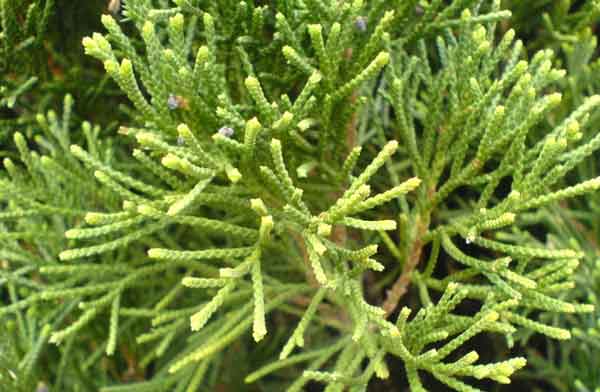
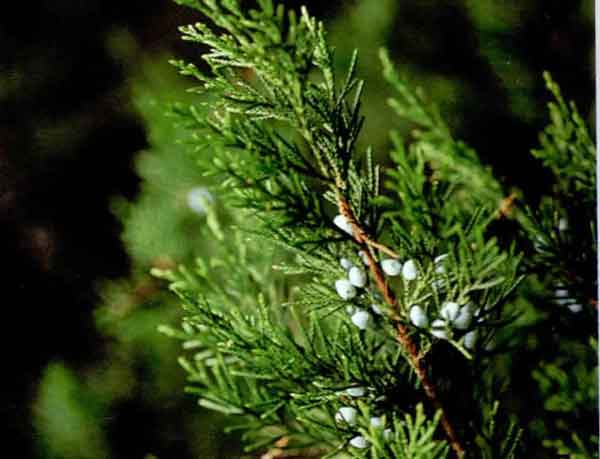
Alligator Juniper var. Deppeana
Alligator Juniper var. pachyphlaea
Alligator Juniper var. robusta
Alligator Juniper var. sperryi
Alligator Juniper var. zacatecensis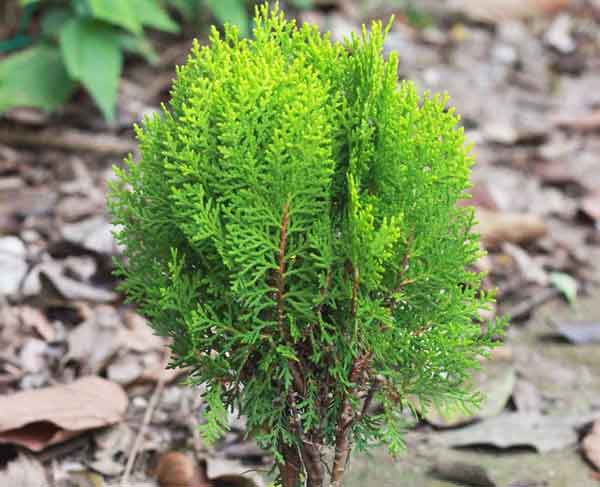
Common pests of alligator juniper include marsupials, spruce tetragmites, and juniper scales. Insecticides are an effective way to control serious infections of any of these common pests, but the best form of control is prevention. Get in the habit of checking Alligator Juniper regularly for pests so that any pests can be detected and managed early.
Alligator Juniper (Juniperus deppeana) PictureAlligator Juniper (Juniperus deppeana) InfoEcological Habits of Alligator Juniper (Juniperus deppeana)Alligator Juniper (Juniperus deppeana) HirstoryAlligator Juniper (Juniperus deppeana) Distribution AreaHow to Grow and Care for Alligator Juniper (Juniperus deppeana)Uses of Alligator Juniper (Juniperus deppeana)Varieties of Alligator Juniper (Juniperus deppeana)
Alligator Juniper (Juniperus deppeana) Picture

Alligator Juniper (Juniperus deppeana) Info
| Botanical Name | Juniperus deppeana |
| Common Name | Alligator juniper, checkerbark juniper, western juniper |
| Plant Type | Evergreen tree |
| Mature Size | 50' tall |
| Sun Exposure | Full sun |
| Soil Type | Dry, well-draining |
| Soil pH | 5.5 - 7.0 |
| Bloom Time | Winter |
Ecological Habits of Alligator Juniper (Juniperus deppeana)
While this is the largest southwestern juniper, ranging in heights from 20 to 50 feet, it is very slow growing. It has a dense rounded or pyramidal crown with a spreading canopy. This evergreen tree sits on a single massive trunk but can be multi-trunked. The leaves are bluish green, pointed, and sacle-like. They are about 1/16 of an inch long and form on dense branches. The cones or berries are reddish-brown beneath a waxy gray coating. They are hard and approximately ½ inch in diameter. The berries generally have 3 to 5 seeds and do not mature until the second year. The bark is strikingly checked, in an almost alligator like pattern.
Alligator Juniper (Juniperus deppeana) Hirstory
This species of juniper is native to the southwestern United States and Mexico. It received its common name from the thick, checkered, furrowed bark which is divided into scales that resemble the skin on the backs of alligators. This species is very slow growing, but lives typically from 500 to 800 years, with records of 1100 and 1400 years. Birds and mammals enjoy the berries of the juniper, which are available at times when other food is scarce.The species name deppeana honors Ferdinand Deppe (1794-1861), a German naturalist and painter who collected plants in Mexico, California and Hawaii for the Berlin Museum. The tree was first collected in the Zuni Mountains of northwestern New Mexico back in 1851 by Dr. Samuel Washington Woodhouse (1821-1904), the surgeon/naturalist on the Sitgreaves Expedition to the Colorado and Zuni rivers.
Alligator Juniper (Juniperus deppeana) Distribution Area
Growing in oak and pinyon-juniper woodlands in Arizona, New Mexico and Texas and into Mexico, these trees grow at elevations between 4,500 and 8,000 feet. The trees may produce multiple stems from a stump, and a single-trunked specimen might reach 65 feet tall.
How to Grow and Care for Alligator Juniper (Juniperus deppeana)
How to Grow Alligator Juniper (Juniperus deppeana)
- With Seeds
Planting Instructions: Fill a container with Alligator Juniper seed starting mix to about ½ inch from the top. Place your Alligator Juniper seeds 1 inch to 1 ½ inches below the soil surface. Gently water the Alligator Juniper seeds to keep moist, not soaking wet. Germination may occur in 1 week or as long as 3 months (depending on the species). Place the seed container on a heat mat under growing light. Keep your growing lights on 14 hours per day. Keep your heat mat on 24 hours per day. Once your Alligator Juniper seeds germinate, move each seed into its own container under the growing lights and on the heat mat. Keep your seedlings indoors for 2-3 months before transplanting outdoors in the spring (May to June).
Outdoor Planting: If your Alligator Juniper seeds do not require stratification: the best time to plant alligator juniper tree seeds outdoors is after the last frost in your area (spring). In the Northern states – the best time to plant seeds outdoors is from May to June. If your Alligator Juniper seeds require pretreatment: you should plant your seeds outdoors before the ground freezes in your area (late September to early November). Your Alligator Juniper will naturally stratify during the cold winter. Germination usually occurs in May or during the spring season.

Steps for Alligator Juniper (Juniperus deppeana) Propagation with Cuttings
Fill a clean 1 gallon planter with a soil-less potting medium. Make a 1-inch-diameter hole for each Alligator Juniper cutting.Cut an 8- to 10-inch long stem off of the juniper with pruning shears. Choose a healthy branch that grew in the summer that has plenty of needles growing at the tip.
Remove the needles on the bottom 2 inches of the cut branch. Make 1- to 2-inch slits through the outer layer on each side of the bared stem with a sharp knife. This allows the Alligator Juniperbranch to absorb more water and hormone for root growth.
Place about 1 teaspoon of rooting hormone in a dish. Dip the end of the juniper cutting in the hormone and roll the bare end in it. Coat it thoroughly and shake off any excess.
Stick the hormone-covered section of the branch into a hole in the prepared planter. Firm the potting mix around the cutting, keeping it upright. Mist the medium until it feels moist all the way through.
Place four small 12-inch stakes around the edges of the planter. Cover the Alligator Juniper with plastic film to maintain a consistent humidity. Sit the planter in a spot that receives indirect light and a temperature range of 60 to 65 degrees Fahrenheit. A heating mat placed under the planter at around 70 degrees Fahrenheit increases the chance of root development.
Mist the cutting daily. Start checking for root development with a very gentle tug after four weeks. Transplant each rooted juniper cutting into a 4-inch pot.

How to Care for Alligator Juniper (Juniperus deppeana)
- Light
- Soil
- Water
- Temperature and Humidity
- Fertilizer
- Pruning

Uses of Alligator Juniper (Juniperus deppeana)
The wood of this species is fragrant with attractive grain and color, which makes it well suited for the making of novelty items such as bookends and small chests. The wood is also used commonly as firewood because it is light, easy to split, has a high heat value, and gives off a pleasant aroma when burned. The wood is also occasionally made into particle board. The J. deppeana is outstanding by itself, as a background or screen, a median, and even a buffer for plantings.Varieties of Alligator Juniper (Juniperus deppeana)
There are five varieties of alligator junipers:Alligator Juniper var. Deppeana
Alligator Juniper var. pachyphlaea
Alligator Juniper var. robusta
Alligator Juniper var. sperryi
Alligator Juniper var. zacatecensis

Alligator Juniper (Juniperus deppeana) Common Pests/Diseases
Alligator Juniper is susceptible to many common pests and diseases. Common juniper diseases include shoot and leaf blight, and cedar rust. Microbicides can help proactively protect alligator juniper from such diseases, but they should be used before infection appears. These common diseases can be controlled by timely pruning any dead or diseased branches.Common pests of alligator juniper include marsupials, spruce tetragmites, and juniper scales. Insecticides are an effective way to control serious infections of any of these common pests, but the best form of control is prevention. Get in the habit of checking Alligator Juniper regularly for pests so that any pests can be detected and managed early.
Alligator Juniper (Juniperus deppeana) Companion Plants
Alligator Juniper combine well with a wide variety of trees, shrubs, perennials and groundcovers. Plant alongside companions with similar cultivation needs, such as dwarf bamboo, sage, roses, and ornamental grasses.
Latest Updated
- Benefits of Bugleweed - 7 Science-backed Health Benefits
- Bugleweed Dangers & Side Effects - Is It Poisonous?
- How to Plant Evergreen Trees - What You Should Know
- When to Plant Evergreens - Grow Guide for Evergreen Trees
- 12 Wonderful Evergreen Shrubs for Your Garden
- 12 Popular Evergreen Plants with Pictures for Beginners
- When And How To Prune A Lilac Bush Like a Pro
- How to Grow & Care for Lilac Vine (Hardenbergia Violacea)
- Japanese Lilac Tree (Syringa Reticulata) Care & Propagation Guide
- Shumard Oak Pros and Cons - What to Know
Popular Articles
- Winter maintenance of Antirrhinum Majus
- How to Grow Terminalia Mantaly Tree
- How to Grow and Care for Crossostephium Chinense
- How to grow Antirrhinum Majus in spring
- Peristeria Elata (Dove Orchid) Profile: Info & Care Guide
- Underwatered Snake Plant (Sansevieria Trifasciata) - Signs And How To Fix
- How to Care for Brazilian Jasmine Plant (Mandevilla Sanderi)
- How to Grow & Care for Graptopetalum Purple Delight in Summer
- Rosa Chinensis (China Rose): Plant Growing & Care Tips
- How to Care for Baby Sun Rose (Aptenia Cordifolia)